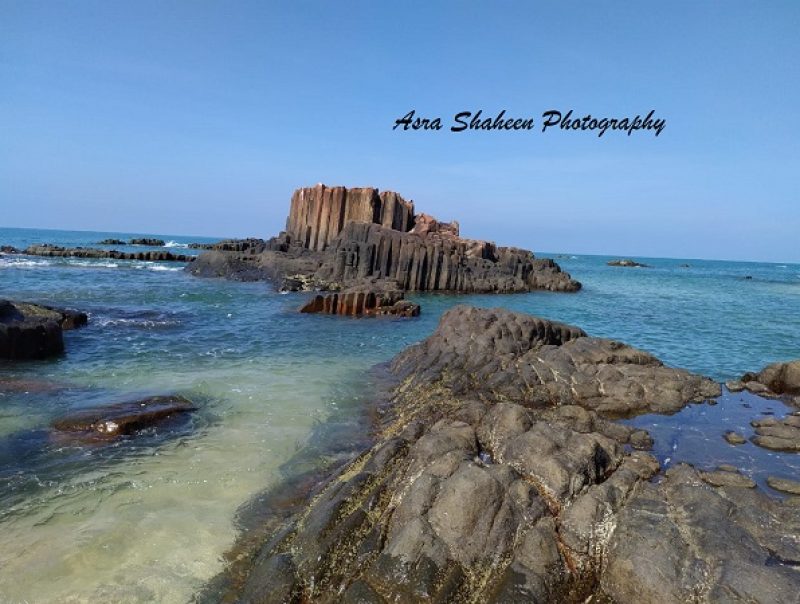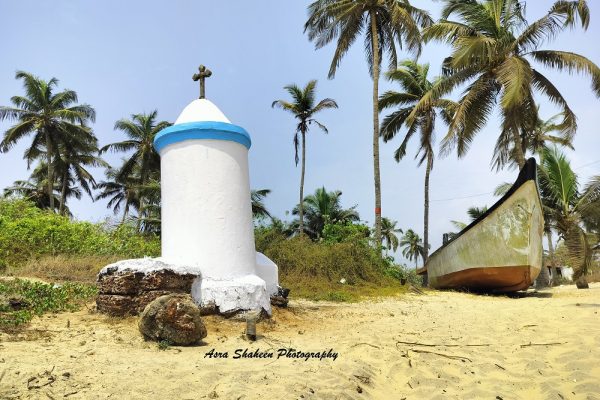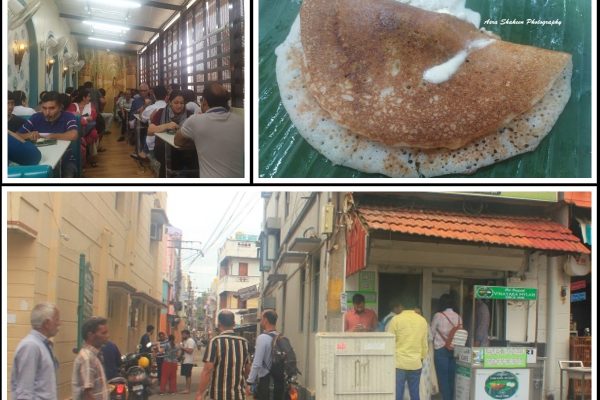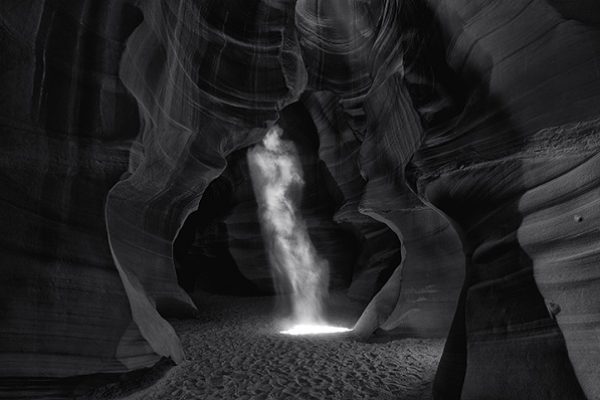With its unique basaltic rock formations, pristine tranquillity and seashells shores, St Mary’s Island is a nature’s treasure whose glory deserves to be preserved at its best.
Where the azure sea shore is guarded by mesmerizingly unique rock formations… where beds of seashells prop up every pore of your feet souls… where tranquillity is endless as far as you can see… That’s the island of peace. And if you thought such an island is a fable that exists only in dreamland, you are in for some pleasant surprise. This precious treasure of an island is situated off the Malpe coast in Udupi (aka Udipi), Karnataka. When tourists visit the pilgrimage temple city of Udupi, which is also well noted for its mouth-watering cuisine, they least expect to encounter this exotic-looking geological glory after taking a 30-minute ferry ride. A 500-meter walk from the harbour takes you to an astonishing view of Arabian Sea that is undoubtedly unsurpassed – St Mary’s Island.

Vasco da Gama’s legendry pit stop
If you are a beach lover, you just can’t get enough of this gorgeous island whose pristine beauty possibly made Vasco da Gama pit stop before heading to Malabar Coast, Kerala. It’s quite well known that the famous Portuguese explorer and the first European to reach India by sea arrived at Calicut in Malabar Coast. But not many are aware that there’s a lesser known folklore that he first stepped on this island in India in 1498. He also erected a cross and named the island as O Padrão de Santa Maria, dedicated to Mother Mary. That’s how the island gets its name. St Mary’s is in fact a cluster of four individual islands — North Island, South Island, Coconut Island, and Daryabahadurgarh Island.
Basaltic rock formations — a geological wonder

One of the most unique facets about this island is its columnar basaltic rock formations. According to scientific studies, these hexagonal blocks/columns were formed as a result of volcanic activity (laminar lava). Interestingly, these rocks are closely related to the formations in Madagascar, Africa. Geological evidence suggests that Madagascar and India were attached a million years ago. They later got disjointed owing to sub-volcanic activity.
Listed as one of the National Geological Monuments, St Mary’s Island is not only a photographer’s delight but also a nature lover’s haven (note: No cameras, only mobile phones allowed).
Shores of glistening seashells

Another amazing experience in this island is you get to feel what it is to walk on beds of seashells unlike other sandy sea shores. And if you are here on a sunnier day, you will be simply smitten by the sight of the bright sunlight, clear blue skies and the glistening sea waters and shells and the combined visual effect they create.
A glory that deserves to be preserved

St Mary’s is indeed a must-visit that would top the bucket list of sea enthusiasts. However, there are some things one needs to keep in mind. Every natural location, whether or not notified by Geological Survey of India or any other scientific agency in the world for that matter, is a geologically sensitive zone in itself. In today’s global warming era, where natural resources and species are depleting at an alarming rate, we as travellers got to exercise extra care and caution.
Many of us would pride ourselves on spotting or Googling the best locations that take us off the regular tourist trapping route. But how responsible are we in respecting the natural sanctity of such locations? A lesser-known place is not merely a scenic site waiting to be explored by indifferent tourists but nature’s priceless gem that’s irreplaceable and therefore deserves to be preserved in its best possible state. While the authorities at the island have a strict “no plastic” and “no camera” policy, the onus also lies on each of the visitors.
Dos & Don’ts – be an aware & sensitive traveller
- No littering – Pollutants not only contaminate water but also endanger precious marine life. The trash can go in your bags until you are back to your hotel room.
- Don’t feed fish and other aquatic creatures – Marine animals find their own food and do not depend on humans.
- Avoid picking seashells and plucking plants – Leave the natural environment as is.
- Be aware – Doing a bit of a prior research on the island will help you familiarize with its inherent and historic characteristics. Appreciate and value its natural/cultural/geological significance to preserve its beauty.




